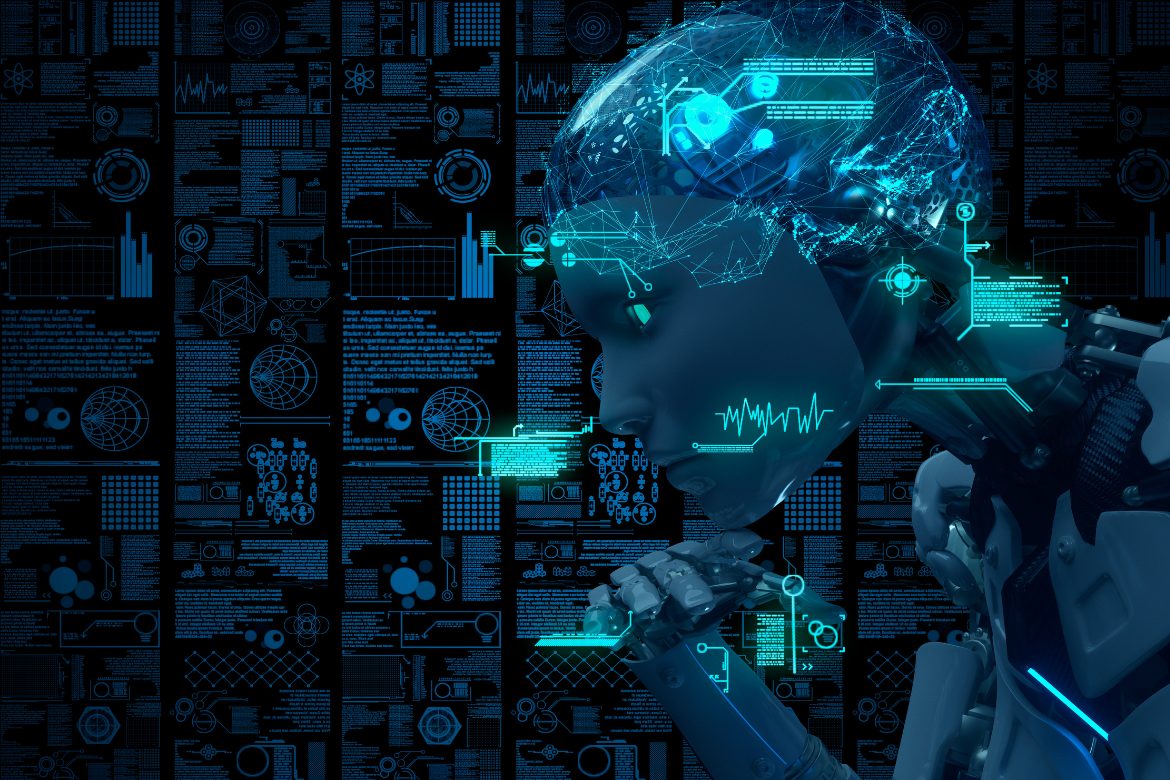Klarity, an artificial intelligence (AI) SaaS company, has integrated GPT-4, the newest AI language model from OpenAI, to help automate document-centric workflows.
GPT-4 is a machine learning model developed by OpenAI that powers several language-related applications, including the hugely popular AI chatbot ChatGPT.
Klarity’s platform extracts, normalises and matches data from unstructured documents like PDFs, tables, language and metadata and systems, such as salesforce.com
Previously, Klarity used custom AI models to create document summaries for finance and accounting teams. These summaries extracted high-level details like licensed products, payment terms, addresses, and non-standard language.
By integrating GPT-4, Klarity aims to enhance document extraction and entity matching accuracy and speed. Customers can now instantly set up new extraction fields and match key entities, eliminating the need for manual processes performed by large teams of analysts.
“Within weeks of the GPT 3.5 launch, our ML team found it could be layered on Klarity’s existing platform to perform highly accurate document extractions and entity matching, with unprecedented setup speed and configuration flexibility,” said Nischal Nadhamuni, co-founder and CTO at Klarity.
“ChatGPT will transform many areas of businesses, and with our platform upgrade to GPT 4, Klarity is the first to bring it to the financial and accounting realm.”
Impact on financial services
Large language models (LLMs) have the potential to significantly impact the financial services industry by automating and streamlining various processes. This can save time and reduce errors by eliminating the need for manual data entry and analysis by humans.
Companies can use LLMs for risk management and compliance purposes. These models can analyse large volumes of data in real-time to identify potential fraud and suspicious activities. GPT 3.5 is a LLM, while GPT-4 is a large multimodal model (also accepts image and text inputs, emitting text outputs).
Nadhamuni explained to The Fintech Times that automating any control or check point in the financial review process results in greater accuracy and fewer errors than manual controls performed by humans. Additionally, it can lead to a reduction in tedious and repetitive manual work.
“We’ve launched demo.tryklarity.com which uses GPT-4 to extract key data from documents and give users a taste of what workflows can be automated with our full platform,” he said. “Soon, customers will be able to simply describe the concept they are looking for in plain English and Klarity will be able to seamlessly extract this from thousands of documents.
“And for entity matching – the ability to determine that IBM, Inc and International Business Machines are in fact referring to the same company.”
So why not just use ChatGPT for processes and skip out Klarity?
“The reality will be that solving complex business problems with LLMs will require extreme attention to detail and highly skilled engineering work,” says Nadhamuni. “At their heart, these are probabilistic models that must be skillfully used to deliver consistent, reliable results in a business-critical setting.
“Tools like ChatGPT also introduce new surface areas for security teams, so bringing a partner like Klarity that is SOC 1 Type II compliant is imperative for enterprise applications.
“Documents can contain a variety of data structures; free flowing text (think complex legalese), table data, form data, signature and other visual sections. On top of that, there are hundreds of document types (MSAs, Order Forms, SoWs….) for which each company has their own templates.
“It therefore comes as no surprise that the enterprise users we encounter commonly describe document review with a series of expletives, as the singular bane of their existence, It is for these same reasons that automating document-centric workflows is no small feat. They are the quintessential example of a cognitive, non-repetitive challenge – something that cannot be neatly defined as a series of ‘if this then that’ style conditions.”
Release of GPT-4
GPT-4 is the latest milestone in OpenAI’s effort in scaling up deep learning. GPT-4 exhibits human-level performance on various professional and academic benchmarks.
OpenAI, an AI research laboratory, has spent six months iteratively aligning GPT-4 using lessons from its adversarial testing program as well as ChatGPT. This has resulted in its “best-ever results (though far from perfect) on factuality, steerability, and refusing to go outside of guardrails”.
ChatGPT Plus subscribers will get GPT-4 access on chat.openai.com with a usage cap. Image inputs are still a research preview and not publicly available. As well as Klarity, other companies integrating GPT include Microsoft, Stripe and DuoLingo.
In January, Microsoft made a multiyear, multibillion-dollar investment in OpenAI following two previous investments in 2019 and 2021. As OpenAI’s exclusive cloud provider, Azure powers all OpenAI workloads across research, products and API services.
Image and article originally from thefintechtimes.com. Read the original article here.

